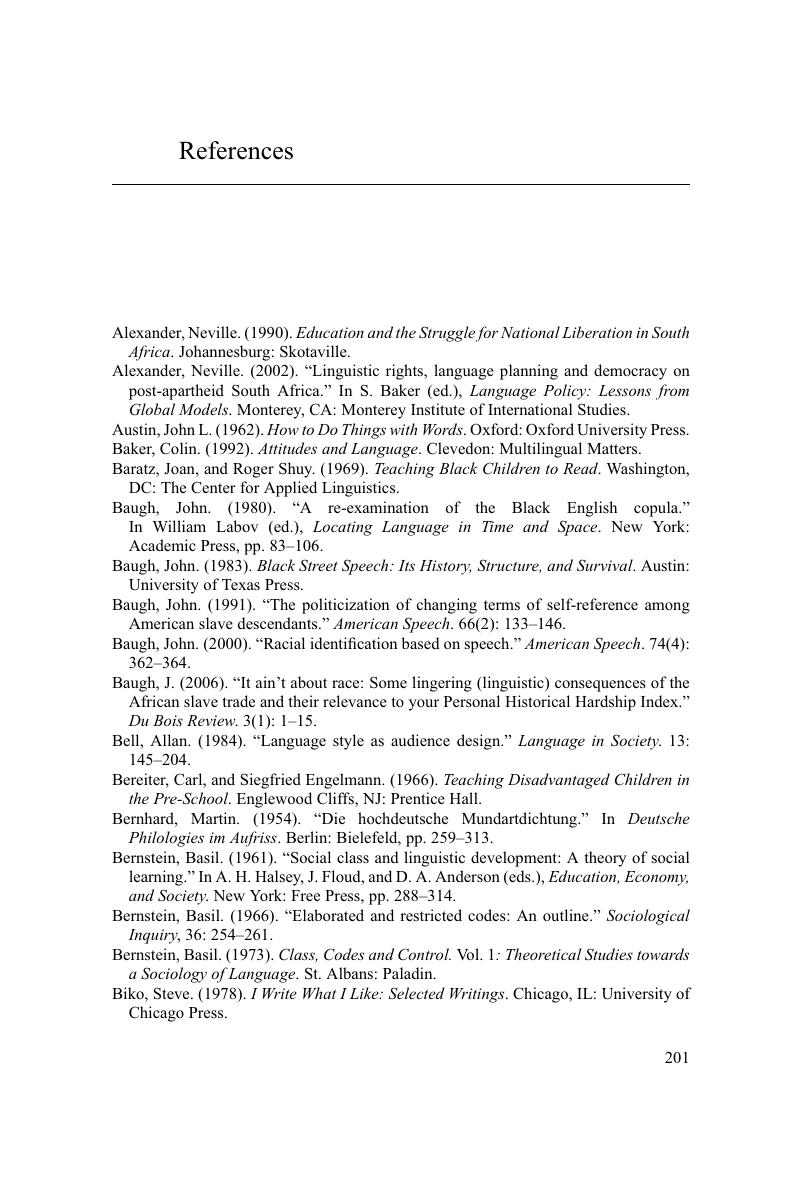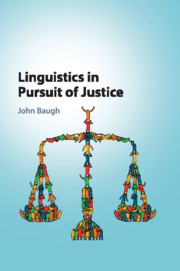Book contents
- Linguistics in Pursuit of Justice
- Linguistics in Pursuit of Justice
- Copyright page
- Dedication
- Contents
- Figures
- Tables
- Preface
- 1 Introduction
- 2 Linguistics, Life, and Death
- 3 Linguistics, Injustice, and Inequality
- 4 Some Linguistic and Legal Consequences of Slavery in the United States
- 5 Linguistic Profiling
- 6 Earwitness Testimony and Unbiased Formulation of Auditory Lineups
- 7 Dialect Identification and Discrimination in the United States
- 8 Formulating Discrimination: Dimensions of a Historical Hardship Index
- 9 Linguistic Harassment
- 10 Linguistic Contributions to the Advancement of Justice
- 11 Shall We Overcome?
- References
- Index
- References
References
Published online by Cambridge University Press: 22 January 2018
- Linguistics in Pursuit of Justice
- Linguistics in Pursuit of Justice
- Copyright page
- Dedication
- Contents
- Figures
- Tables
- Preface
- 1 Introduction
- 2 Linguistics, Life, and Death
- 3 Linguistics, Injustice, and Inequality
- 4 Some Linguistic and Legal Consequences of Slavery in the United States
- 5 Linguistic Profiling
- 6 Earwitness Testimony and Unbiased Formulation of Auditory Lineups
- 7 Dialect Identification and Discrimination in the United States
- 8 Formulating Discrimination: Dimensions of a Historical Hardship Index
- 9 Linguistic Harassment
- 10 Linguistic Contributions to the Advancement of Justice
- 11 Shall We Overcome?
- References
- Index
- References
Summary

- Type
- Chapter
- Information
- Linguistics in Pursuit of Justice , pp. 201 - 211Publisher: Cambridge University PressPrint publication year: 2018



